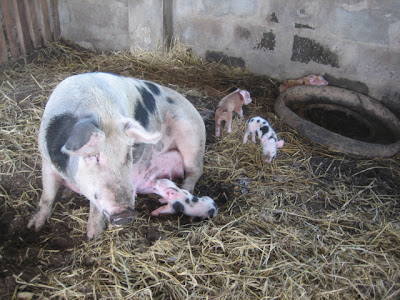Our White chicken layers
Please wait for our updated pictures and videos soon :)
 |
| They ate all the grass so they are now ready to be transferred to their new forage area:) There's still an abundance of insects and worms in the area. |
 |
| Our laying area :) |
First video of the white layers
















































